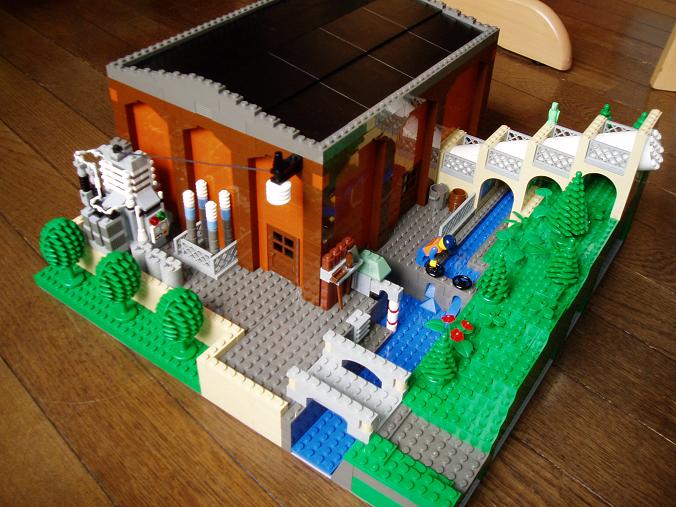The basic idea goes back two thousand years - using the movement of water to turn a wheel and then putting that turning to some use like grinding grain or sawing lumber. Here's a grain mill by Jojo.

Dams improve the efficiency of using water power. They do this in two ways. First, by storing up water they help even out the flow during rainy versus dry seasons. Also, by funneling the flow of water through a much narrower opening, they result in a much faster flow past the water wheel. Dams have other benefits, such as controlling flooding, acting as a reservoir for drinking or irrigation water, and even providing for recreational use. They also have downsides, in that they have a large impact on river ecosystems, for instance interfering with the migratory patterns of salmon or flooding areas (e.g. Hetch Hetchy Valley). Also, over time, dams can clog up with silt, either leading to their loss of usefulness or the need for difficult dredging programs. Here's a hydroelectric dam by Paul Janssen.

In a hydroelectric dam, the water is sent through a large pipe called the penstock, and it goes rushing through the turbines, which spin to generate electricity. Here's a power station by Peachtree.

Here's a clever ad for LEGO.

No comments:
Post a Comment